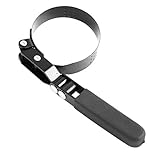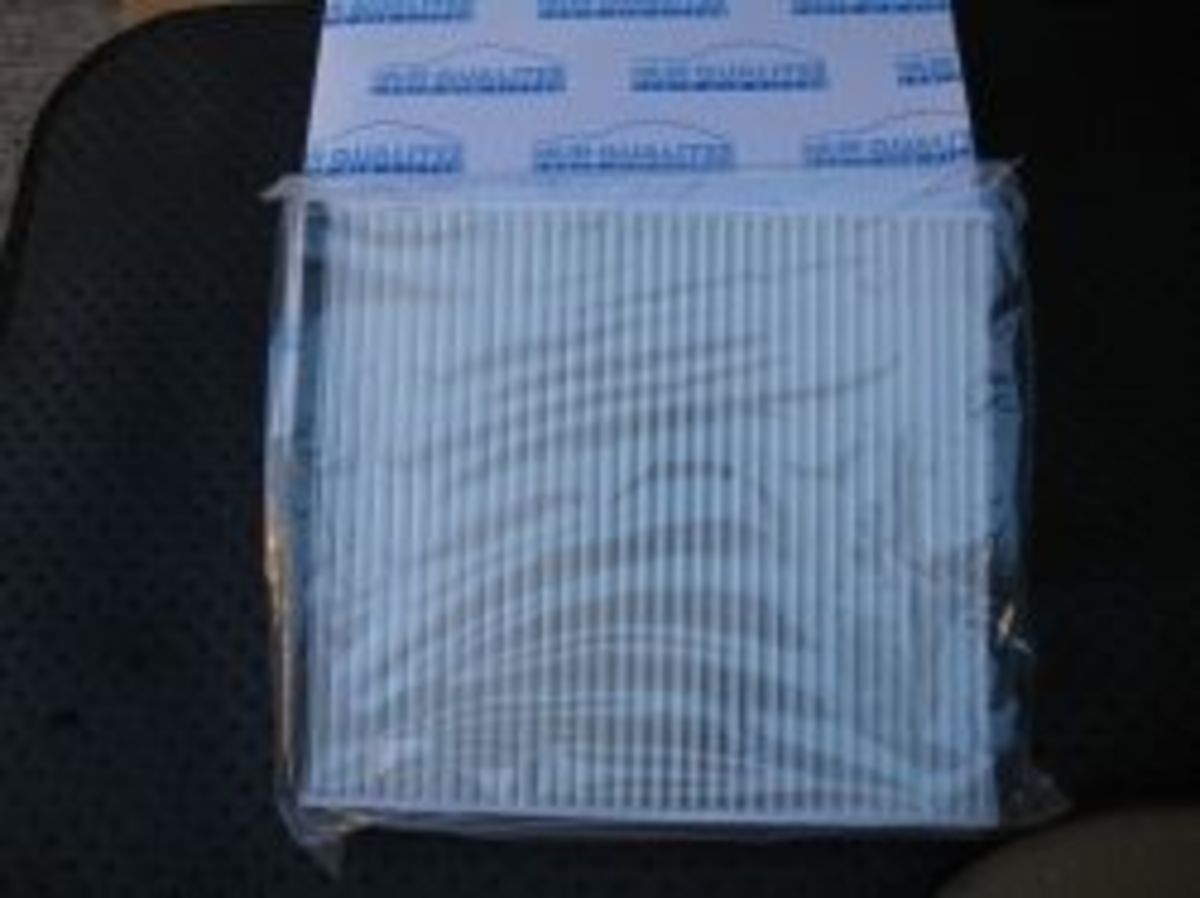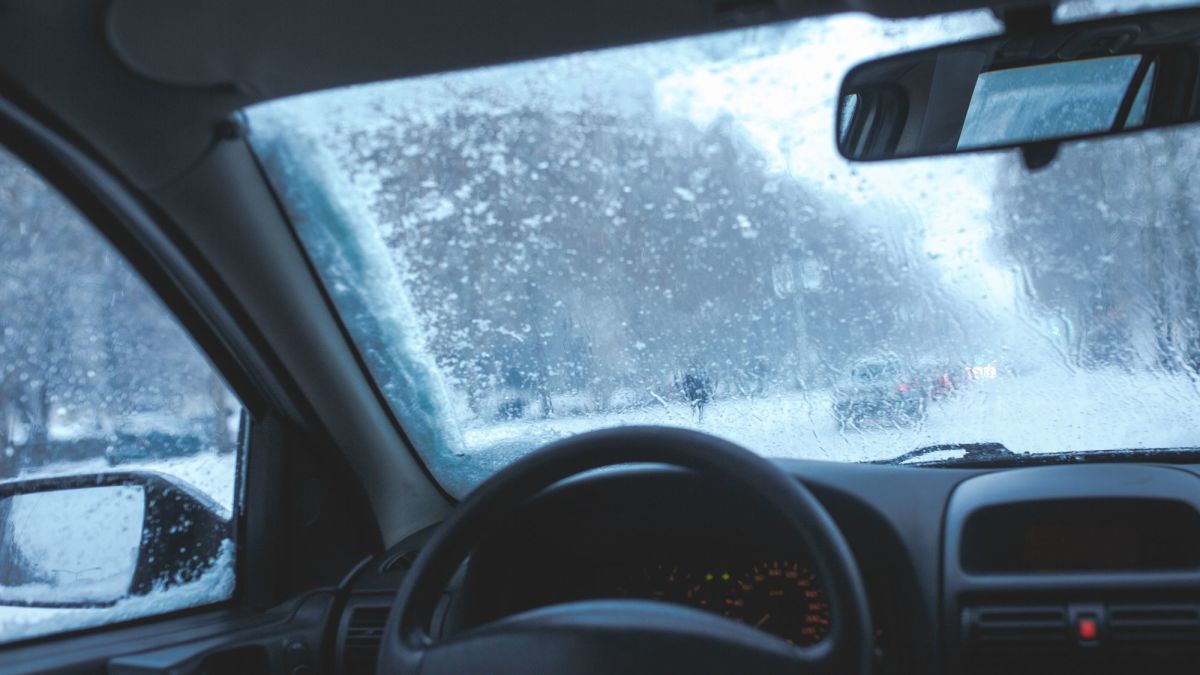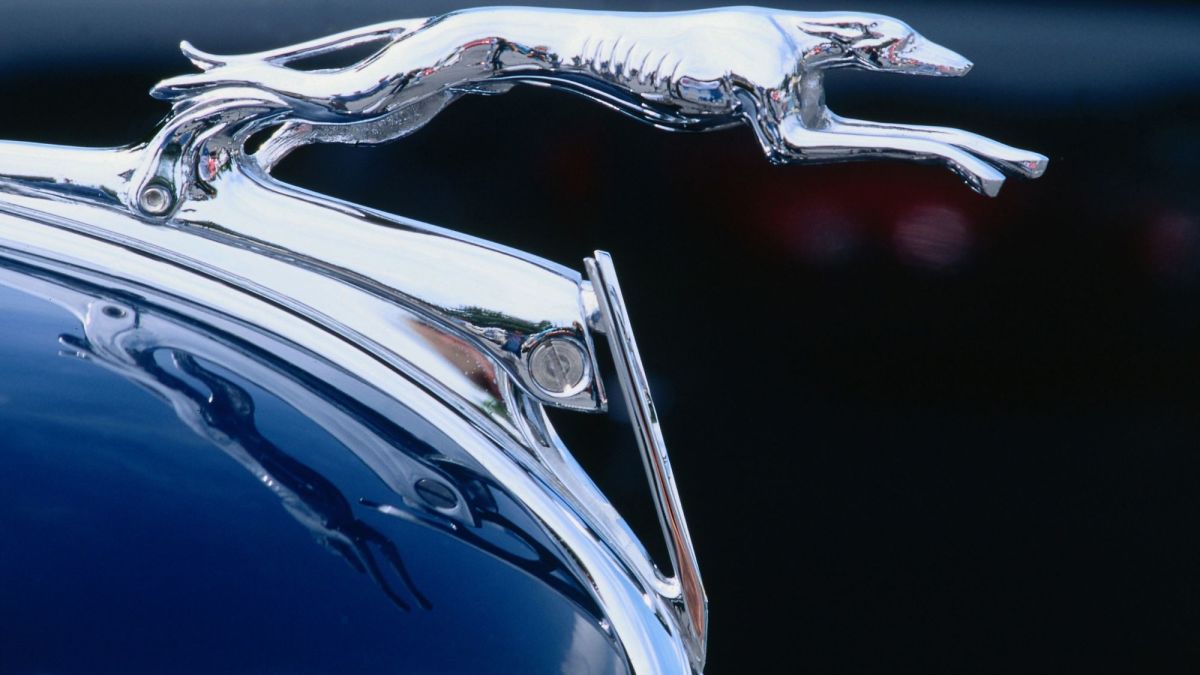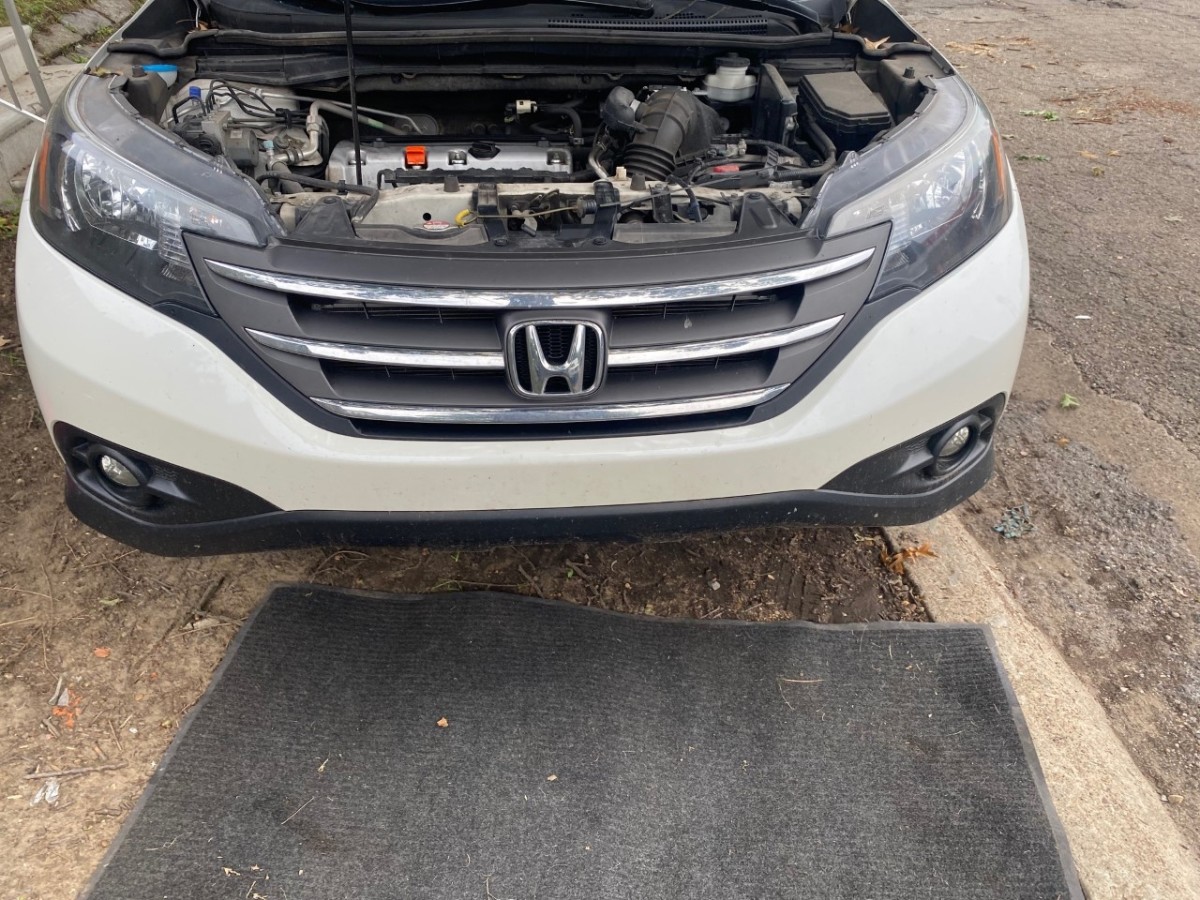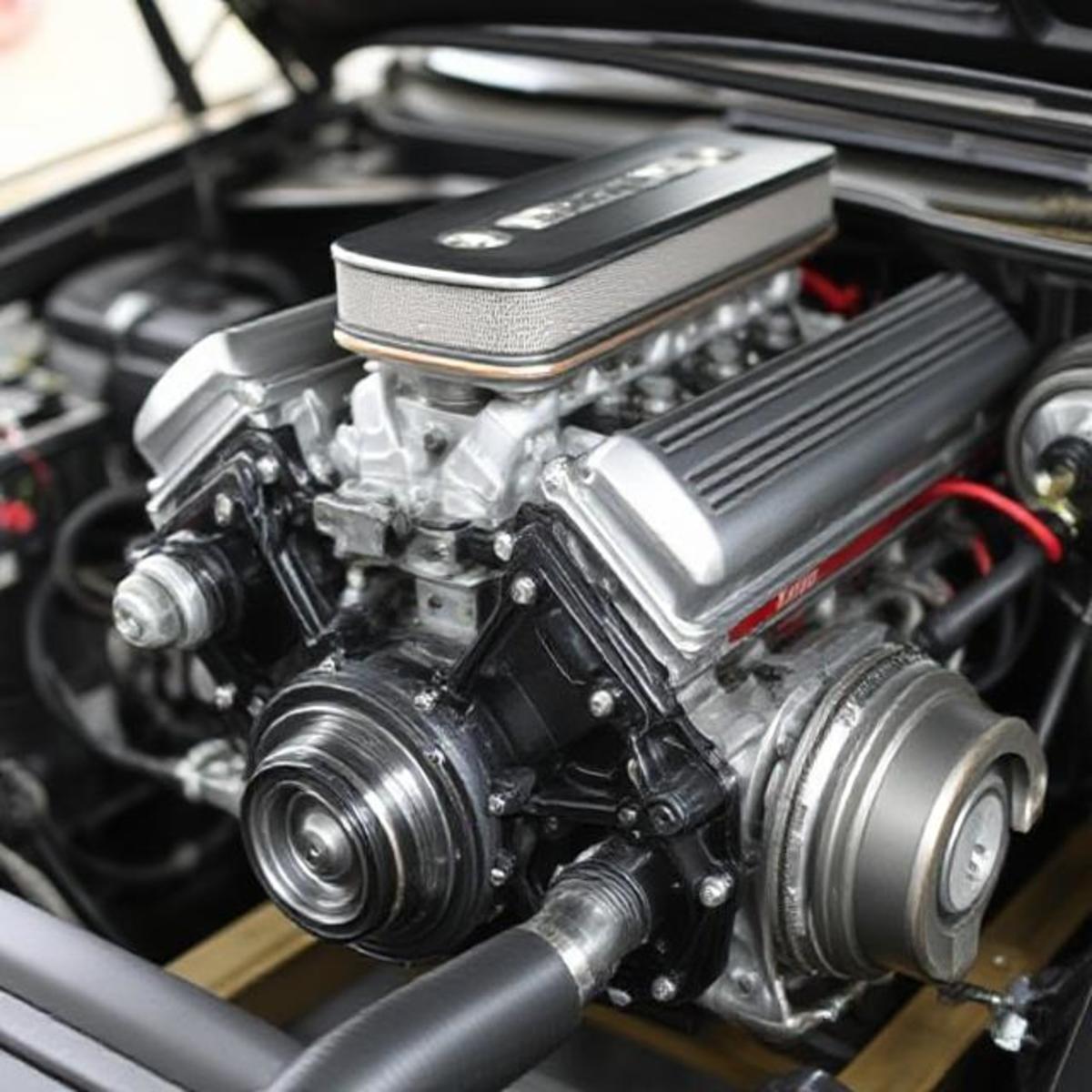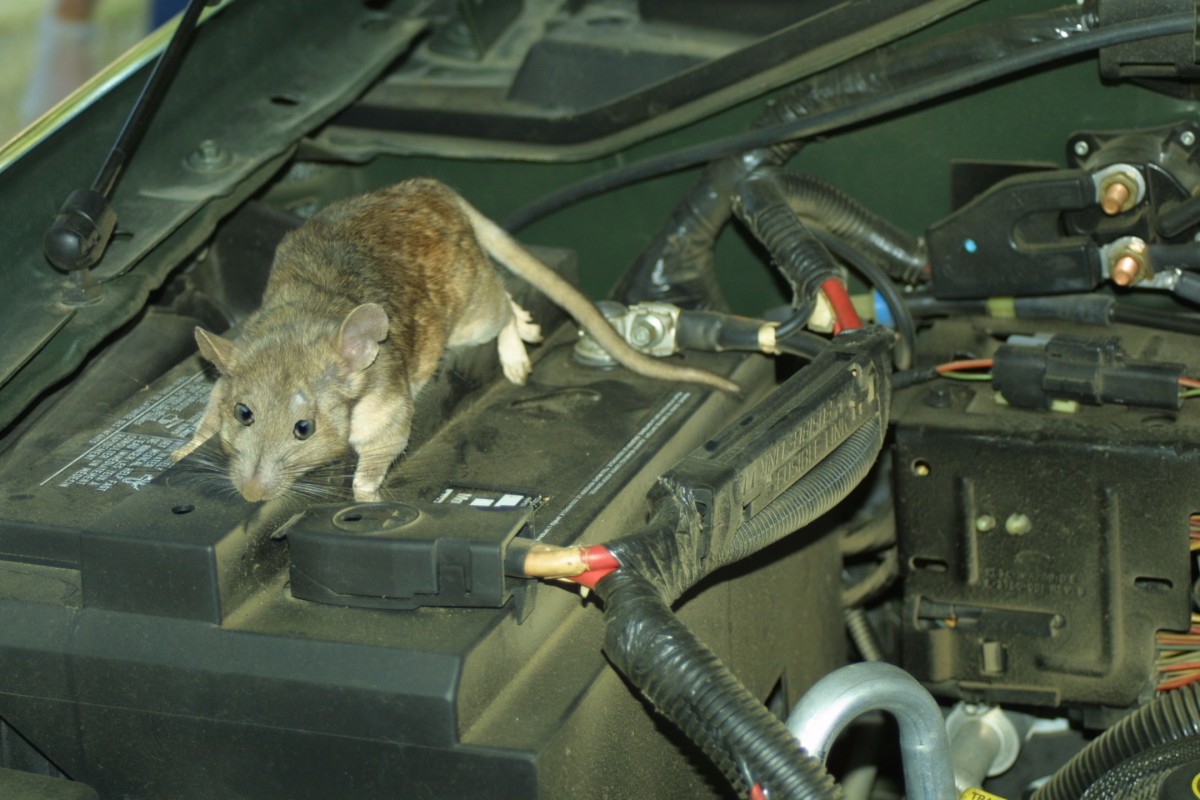How To Change Your Engine Oil
Changing your cars engine oil is probably the easiest and most essential thing that you can do to protect your investment in your automobile. Dirty engine oil can tear up the working parts of your engine in a few hundred miles. It pays to change your oil at the intervals recommended by your owner's manual, more often if you drive in a harsh environment or if you do a lot of stop and go driving. It's easy to change your oil and it only costs a few dollars. Here is what you need to know.
The Steps
1. Purchase the type of oil you need for your car, and the amount you will need for the oil change plus one extra quart (oil is most often sold in quarts at your local auto parts store or department store). A small car usually needs 4 to 5 quarts of 5W-30. A large truck might use up to 10 quarts of 10W-30.
2. Also purchase an oil filter for your car. The oil filter is a little can full of filter material that removes dirt from your oil when the engine is running. One end of the can is open and has threads on it where it screws onto the engine. The auto parts store person should be able to tell you which filter you need if you tell them these things:
a) The year your car was made
b) The Make (Toyota, Dodge, Ford ,etc) of your car
c) The Model (Ranger, Camry, Altima, etc) of your car
d) The size of the engine in your car, usually measured in Liters, such as 3.2 Liter V-6. This information should be in your owner's manual, or on a sticker under the hood, or on a plate on the outside of the car. If you can't find it, write down the VIN for your car (located on the drivers side at the base of the windshield) and take it to the auto parts store.
2. The oil will be drained out from underneath of the car. You will need something to catch the oil in such as a drain pan. You can purchase a drain pan at your auto parts store. You might also want a funnel with about a one inch opening in the bottom. It will make filling up the engine with oil less messy.
3. You will need two tools. One is to remove the drain plug under the car. It is called an adjustable wrench. The other is an oil filter wrench. Oil filter wrenches come in basically two sizes and you can get the right size at the auto parts store once you know your filter size.
4. You will need to park the car somewhere nice and flat to change the oil. Bring some paper towels and something to lay on when you crawl underneath the car. You are going to get messy, so be prepared.
5. Shut the car off and let it cool for at least an hour before you change the oil Oil is HOT after the engine has been running. It will burn you if you don't let it cool.
6. Open the hood to expose the engine. The hood release on most cars is under the dashboard on the left side, and has a picture of a hood on it. There is also a safety catch on the hood. So after you pull the release under the dash, you will need to go out to the hood, find the safety release (usually in the center of the hood just underneath the front edge) and release the hood. Lift it up and it should stay up. Some hoods have a little rod like a prop near the front that you have to tilt up and support the hood. Your owner's manual should tell you how yours works.
7. Find a round cap on the engine that is labeled either "oil" or has a picture of a funnel and a teardrop on it. This is where you will put the new oil in after you drain out the old stuff. Take the cap off. If there is any steam coming out of the hole under the cap, let the car cool off some more.
8. Now slide under the car from the front (assuming your engine is in the front of the car). You should see the bottom of the oil pan more or less in the center of the front of the car. The oil pan is a silver or black square bowl shaped cover on the bottom of the engine. It will have a steel plug in it that is threaded. The plug will be tight. The plug comes out by turning it counter-clockwise with the adjustable wrench.
9. Place a drain pan big enough to hold the amount of oil that you bought under the drain plug. Then loosen the drain plug and remove it completely. Try not to drop it into the drain pan. But if you do, no big deal. Just dig around for it. Oil will not hurt you if you wipe it off in a reasonable amount of time.
10. Let the oil drain out until no more comes out of the hole. Then put the drain plug back in the pan and tighten it by turning it clockwise. Tighten it enough so that it won't fall out, but don't go all Chuck Norris on it or it will break the threads and you will be in deep doodoo.
11. Now look around under the engine (by looking up from the bottom of the car) until you locate the oil filter. It should be the exact shape of the one you bought, but the color might be different. Once you find it, put your oil filter wrench on it and loosen it by turning it counter clockwise. Oil will come out around it as you loosen it. No big deal. Just keep your face out from under it. Drop it into your drain pan when it is all the way off.
12. Now get out your new oil filter. The open end of the filter has a little rubber ring around it. Take your finger, dip it into the oil from the drain pan, and spread a thin layer of oil around this rubber ring. The ring seals the oil filter to the engine. The oil you put on it will keep it from tearing as you tighten it.
13. Now place the new filter on the threads where you removed the old filter and spin it slowly clockwise until it starts to screw onto the engine. If it does not spin on easily, you are doing it wrong, take it off again. You don't want to get it threaded on crooked or it will leak. So turn it slowly until it spins on easily, with almost no effort. This may take a couple of trys. Once it threads on, turn it clockwise until it won't turn easily anymore, then turn it one more quarter of a turn. Now look at it where it meets the engine. You should not see any gap between the filter and the engine. If you do, oil is going to leak out of the gap.
14. Almost done. Now go up top and pour the recommended amount of oil into the hole where you removed the engine oil cap. Place the cap back on the hole. Start the car and let it run for five minutes. While it is running, check the ground under the car and make sure oil is not pouring out from the filter or drain plug. Then shut it off and wait five minutes.
15. On the side of the engine, near the oil filler cap, there is usually a yellow ring with a long stick attached to it that goes down into the engine. It is called the dipstick. It is used to measure the oil level in the oil pan. Your owner's manual should tell you where it is on your engine and how to read it. Pull the engine oil dipstick, wipe it off, and put it back in the dipstick tube all the way. Then pull it again. Read the oil level on the dipstick. It should read near the full mark. If it reads more than one quart low, add the extra quart of oil that you bought.
16. Done. Replace the diptick, make sure the filler cap is on the oil filler hole, and close the hood. Make sure the hood latches securely. Only a few things left to do now:
- Recycle your oil at your auto parts store, your recycling center, or another designated facility. Don't pour it on the ground or into your trash. That is just wrong.
- Record your oil change in a log, so you know when to do it again. You can keep a log in a spiral notebook or in an Excel spreadsheet.
Congratulations! You tackled that oil change and saved yourself $20 or $30 bucks. Go wash up and have a drink.

